Why Insects Are Perfect Subjects for Your Sketchbooks
Insects, with their incredible diversity and intricate forms, have long fascinated artists. From the iridescent wings of a dragonfly to the meticulous patterns on a beetle’s shell, these tiny creatures offer endless opportunities to fill your sketchbooks with captivating art. Whether you’re a beginner or a seasoned illustrator, exploring insects as subjects can push your creative boundaries and refine your observational skills. This blog dives into the inspiration insects provide, practical tips for drawing them, and how they can elevate your sketchbooks to the next level.
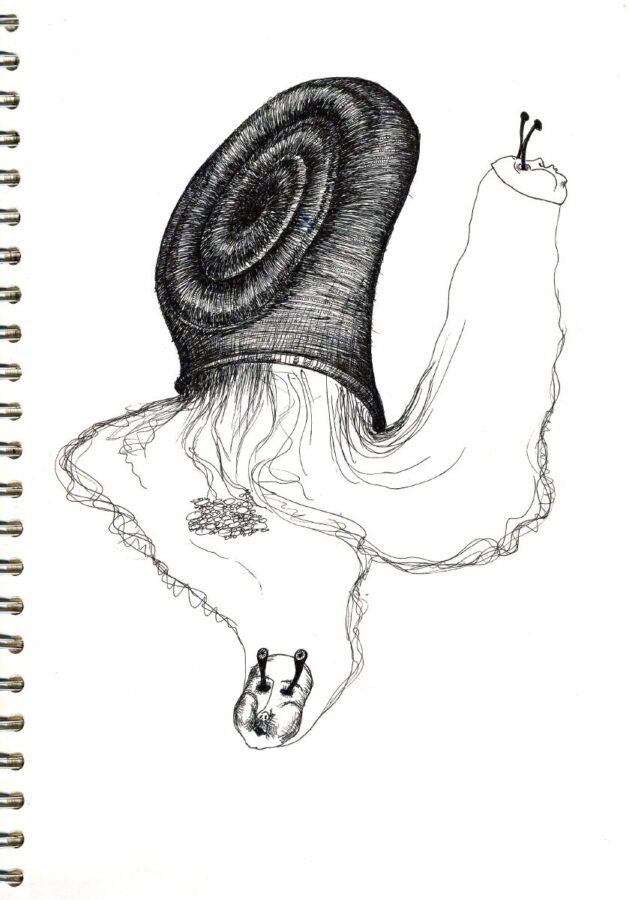
credit: ANIAPAWLIK
1. Nature’s Masterpieces
Insects come in all shapes, sizes, and colors. Their wings, legs, antennae, and eyes feature complex patterns and textures that challenge your attention to detail. These intricacies make them ideal for artists looking to push their creative boundaries.
2. Diversity and Abundance
With millions of species worldwide, you’ll never run out of insect subjects. Each one is unique, from the transparent wings of a cicada to the spotted patterns of a ladybug. This vast variety ensures your sketchbooks stay fresh and exciting.
3. A Study in Symmetry and Geometry
Insects are a treasure trove of geometrical patterns and symmetrical designs. Observing and capturing their forms can enhance your understanding of proportions and shapes, which is invaluable for any artist.
The Benefits of Sketching Insects
1. Enhancing Observation Skills
Sketching insects requires patience and a keen eye for detail. You’ll train yourself to notice the finer elements of your subjects, which can translate to other areas of art.
2. Exploring Creative Techniques
From intricate linework to vibrant color rendering, insects allow you to experiment with different techniques in your sketchbooks. You can try pen and ink for precision or watercolors for a soft, natural look.
3. Connecting with Nature
Drawing insects fosters a deeper appreciation for the natural world. Spending time observing these tiny creatures can be a meditative practice that boosts creativity and mindfulness.
What You’ll Need to Start Drawing Insects in Your Sketchbooks
Basic Supplies
- Sketchbooks: Choose one with smooth, sturdy paper suitable for fine details and layering.
- Pencils and Erasers: Graphite pencils are perfect for initial sketches, while erasers help refine details.
- Fine Liners or Ink Pens: For precision and detailed linework.
- Colored Pencils or Watercolors: To bring your insect drawings to life with vibrant hues.
Optional Tools
- Magnifying Glass or Smartphone Zoom: To closely examine the intricate features of your insect subjects.
- Lightbox or Tracing Paper: Useful for refining sketches or creating layered effects.
- Portable Chair or Table: If you’re working outdoors, these can make your sessions more comfortable.
How to Observe and Draw Insects Effectively
1. Start with Simple Studies
Begin by sketching basic shapes and forms. Focus on getting the proportions right before diving into the details.
2. Use Reference Photos and Live Observation
Live insects can be challenging to capture as they move, but observing them in their natural habitat provides invaluable inspiration. Alternatively, use reference photos for more detailed studies.
3. Focus on Texture and Patterns
Take time to replicate the textures of your subjects. The soft fuzz of a moth’s body, the reflective quality of a beetle’s shell, and the vein patterns on a butterfly’s wings are all opportunities to experiment with techniques.
Insect Types to Feature in Your Sketchbooks
1. Butterflies and Moths
With their vibrant colors and symmetrical patterns, these winged insects are favorites among artists. Sketch their delicate wings and experiment with blending colors.
2. Beetles
Beetles come in countless shapes and sizes. Their shiny, metallic shells provide an exciting challenge for capturing light and reflection in your sketches.
3. Dragonflies and Damselflies
These insects are perfect for studying fine details, from their transparent wings to their elongated bodies.
4. Bees, Wasps, and Ants
While smaller in size, these insects offer unique structures and characteristics. Focus on their segmented bodies and study their movements to capture dynamic poses.
Themes and Ideas for Your Insect Sketchbooks
1. Seasonal Insects
Document the insects you encounter during different seasons. Spring and summer, in particular, offer abundant opportunities to sketch a variety of species.
2. Close-Up Studies
Zoom in on the fascinating features of your subjects. Draw individual wing patterns, eye details, or leg structures to create a series of intricate studies.
3. Life Cycle Narratives
Illustrate the life cycle of an insect, from egg to larva to adult. This not only enriches your sketchbook but also tells a compelling natural story.

Sketchbooks.org | SUBJECT MATTER
Realistic vs Stylized Animal Art | Which Approach Works Best?
Capturing the essence of animals and insects through art is a timeless pursuit - Realistic vs Stylized Animal Art - bridges scientific observation with creative expression. Whether you're sketching a monarch butterfly or sculpting a...
Tips to Stay Inspired While Sketching Insects
1. Explore Your Garden or Local Park
Your backyard or local park can be a treasure trove of insect activity. Spend time observing them in their natural environment before sketching.
2. Join Online Communities
Connect with other artists who share your passion for sketchbooks and nature. Social media platforms and forums are great places to share your work and find inspiration.
3. Experiment with Artistic Styles
Don’t be afraid to step outside your comfort zone. Try minimalist line drawings, abstract interpretations, or highly detailed realism to keep your sketchbooks diverse.
Conclusion
Insects provide an endless source of inspiration for filling your sketchbooks with stunning art. Their intricate forms, vibrant colors, and unique patterns challenge and expand your artistic skills. With a sketchbook and a curious mind, you can dive into the fascinating world of insects and uncover new creative horizons.
So, pick up your sketchbook, find a quiet spot in nature, and let the tiny wonders of the insect world inspire your next masterpiece. Happy sketching!
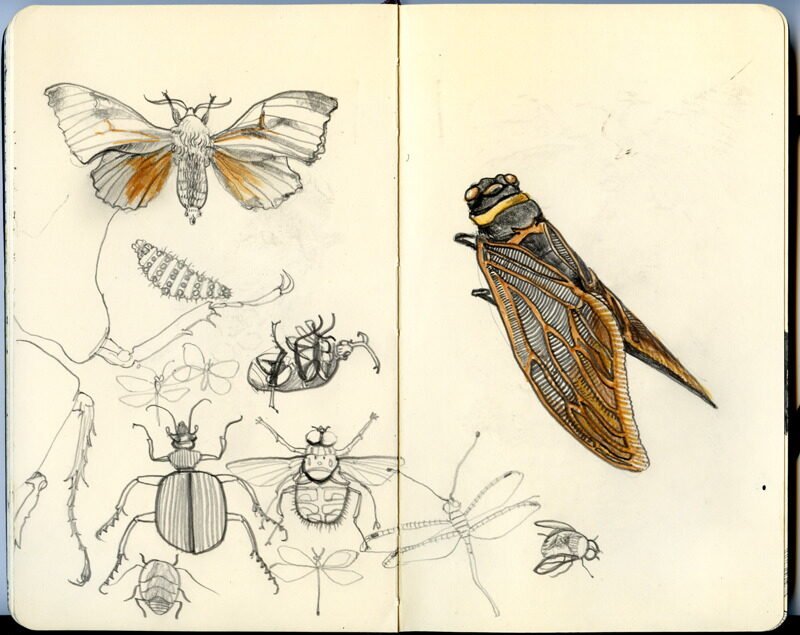
credit: MAGDA
Ready to Share Your Work?
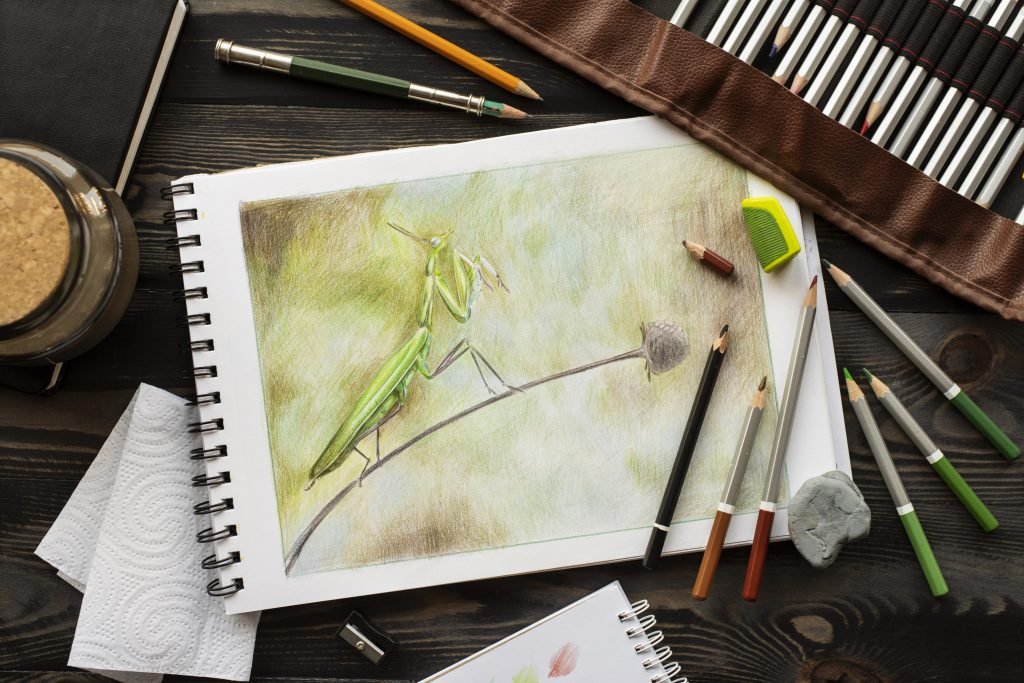
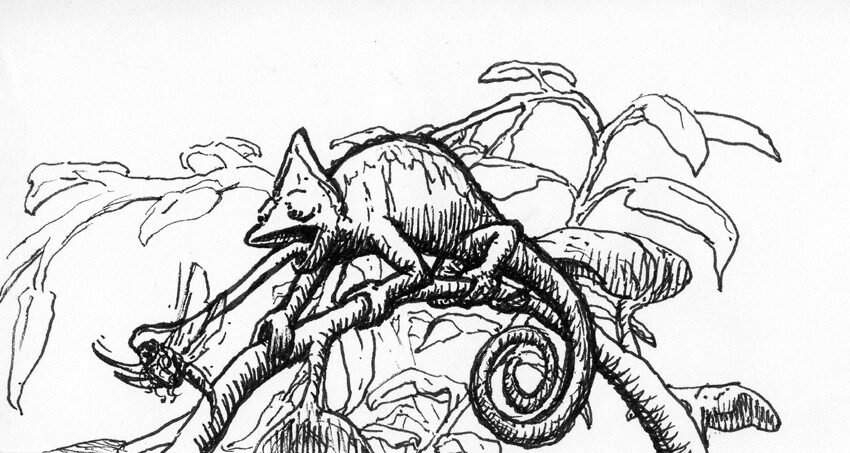
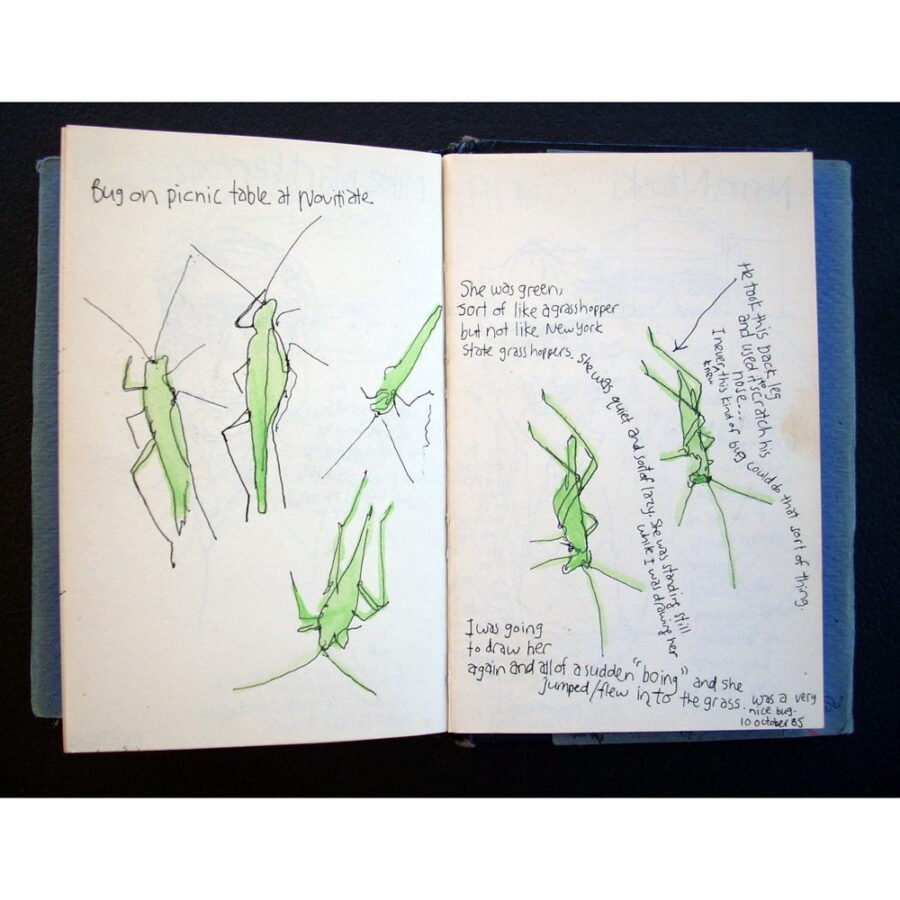

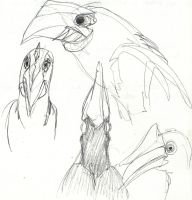
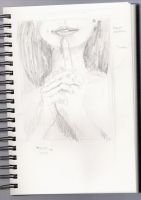




The details are a dream to zoom in on—wings, antennae, segmentation. Yes.
The symmetry and texture in these tiny creatures is unreal
Insect patterns are the best. I use a high power reading glasses to draw tiny bugs.